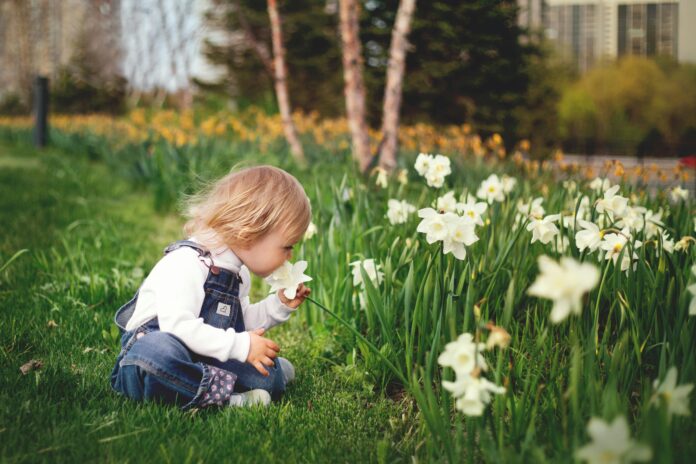Urban greenspaces come with plenty of benefits, but a new study has revealed an unexpected potential downside of these city-based oases: increased rates of childhood asthma.
The research, which was led by scientists at the University of Ottawa, details a link between tree and weed pollen and respiratory health problems. The results were published in the European Respiratory Journal.
Asthma is the most prevalent chronic disease among children in Canada, and for healthcare providers, understanding the causes of early childhood asthma is crucial. Previous research has suggested many ways to mitigate the risks, including taking certain supplements during pregnancy or keeping kids away from cleaning products. And in fact, some studies have shown that taking kids out into nature can reduce the chances of developing asthma.
Yet while time spent in nature generally has more positives than negatives, not all greenspaces are created equal. As the researchers behind the present study note, urban parks and vegetation can lead to increased levels of airborne pollens — and exposure to pollens can in turn lead to increased chances of developing respiratory symptoms or asthma during childhood.
Using data from the Better Outcomes Registry and Network, the researchers carried out a study of children born in Toronto between 2006 and 2014. They investigated how childhood asthma levels varied depending on where the children in the study were born and lived, as well as what sorts of greenspaces were present in these areas.
The researchers found that 13.3% of children in the study were diagnosed with asthma, with the average age of diagnosis being 22 months. Children with asthma tended to have higher levels of exposure to sources of pollen, indicating that this could be a potential cause of their diagnoses.
While these results are concerning, there’s still hope. The researchers also found that tree canopies in urban greenspaces could help to reduce childhood asthma levels. Yet as the levels of weed pollen present in an area increased, the benefits of tree canopies tended to lessen.
“We found that tree canopy offers some protective effects towards the development of asthma in children,” said Éric Lavigne, an Adjunct Professor in the University of Ottawa’s School of Epidemiology and Public Health and lead author of the study, in a press release.
“However, this protective effect goes away when there is increased exposure to weed pollen.”
These results can serve as guidelines for both new parents and city developers. While parents may want to keep their children away from sources of pollen — especially during crucial developmental years — urban planners could design greenspaces with these potential risks in mind.








































